Are you tired of feeling cold in your home during winter? One common issue with hot water baseboard heating systems is air getting trapped inside, leading to poor performance and uneven heating.
How to bleed hot water baseboard is an essential maintenance task to ensure your heating system operates efficiently. Over time, air can become trapped in the pipes, leading to uneven heating, strange noises, and decreased performance. Bleeding the system removes this trapped air, allowing water to flow smoothly and heat to distribute evenly throughout your home. Fortunately, this process is straightforward and requires only a few essential tools.
Following the correct steps, you can restore your heating system to its full potential and enjoy a warm, comfortable living space throughout the colder months.
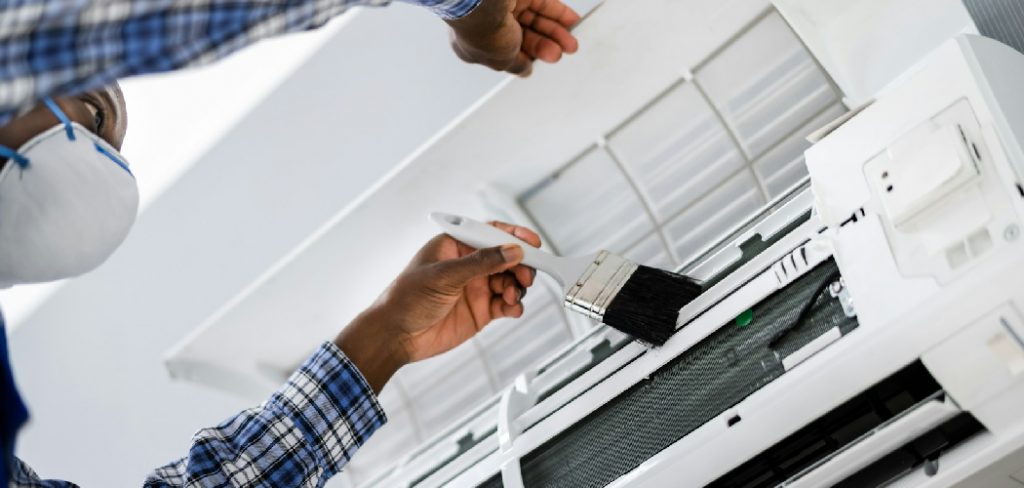
What Are the Benefits of Bleeding Your Heating System?
Bleeding your heating system offers several benefits, including improved performance and energy efficiency. This process helps to remove any trapped air in the pipes, allowing water to circulate freely and heat your home evenly. It also prevents any strange noises or uneven heating resulting from air pockets within the system.
Moreover, bleeding your heating system can help you save on energy costs. When air is present in the pipes, it blocks the flow of hot water and forces your boiler to work harder to heat up your home. By removing this trapped air, you can ensure that your boiler runs efficiently and uses less energy to maintain a comfortable temperature.
Regularly bleeding your heating system can also extend the lifespan of your boiler and radiators. When air is trapped in the system, it can cause corrosion and damage over time. This can lead to expensive repairs or even the need for a complete replacement. By bleeding your heating system, you are preventing this potential damage and prolonging the life of your equipment.
What Will You Need?
To bleed your heating system, you will need a few simple tools:
- A radiator key or flathead screwdriver
- A towel or cloth to catch any water that may leak out
- A container to collect the excess water from the radiator
It is important to note that bleeding your heating system should only be done when the boiler is turned off and cooled down. Trying to bleed a hot system can be dangerous and result in burns. Make sure to turn off your central heating before beginning this process.
8 Easy Steps on How to Bleed Hot Water Baseboard
Step 1. Locate the Bleed Valve
The bleed valve is usually located on the baseboard radiator towards the end or on the side. It may appear as a small valve or screw-like component to release trapped air from the system. Depending on the radiator model, you may need a key, a flathead screwdriver, or even pliers to open it.
Take a moment to inspect your radiator to identify the valve—it is typically at the highest point on the unit, ensuring maximum efficiency when releasing air. If you’re unsure, consult the user manual for your baseboard radiator or check with your heating system’s manufacturer for specific guidance. Properly locating the bleed valve is essential to bleeding the system and restoring optimal performance effectively.
Step 2: Turn Off the Heating System
Before you begin bleeding the radiator, ensure your heating system is turned off and has had enough time to cool down. This is crucial for safety, as hot water or steam may escape. Allowing the system to cool also prevents potential burns and ensures the process is more effective. Once the heating is off, you can confidently bleed the radiator without risking accidental injury.
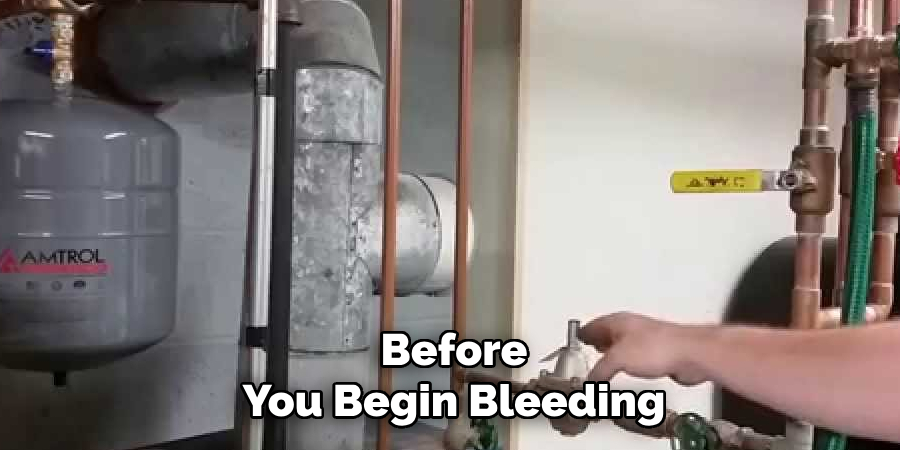
Step 3: Open the Bleed Valve
Using the appropriate tool, slowly turn the bleed valve counterclockwise. You should hear a hissing sound, which indicates that the trapped air is escaping from the radiator.
Be cautious and turn the valve gently to avoid opening it too far, which could cause water to flow out rapidly. Once the hissing stops and water begins to emerge steadily, close the valve by turning it clockwise. Use the cloth or container to catch any water and prevent spills.
Step 4: Check the Boiler Pressure
After bleeding the radiator, it is essential to check the boiler pressure. Locate the pressure gauge on your boiler and ensure the needle is within the recommended range, typically between 1 and 2 bars (check your boiler manual for exact specifications).
If the pressure has dropped too low, you may need to top it up using the filling loop on your boiler. Refer to your boiler instructions for detailed guidance on safely adjusting the pressure.
Step 5: Monitor the System
Once the radiator has been bled and the boiler pressure adjusted, turn the heating system back on and allow it to run for a while. Check the radiator to ensure it is heating evenly from top to bottom. If there are still cold spots or unusual noises, additional bleeding, or professional assistance may be required. Continually monitor the system for any potential issues and address them promptly to maintain optimal performance.
Step 6: Ensure Regular Maintenance
Preventative maintenance is key to keeping your heating system running smoothly and efficiently. Make sure to schedule regular check-ups with a certified technician to inspect and service your boiler, radiators, and other components. This can help catch any small issues before they turn into bigger problems and keep your system running at its best for longer.
Step 7: Consider Upgrades for Energy Efficiency
If you have an older heating system, upgrades may be worth considering to improve energy efficiency. This can include installing a programmable thermostat, upgrading to a more efficient boiler model, or adding insulation to walls and pipes. These upgrades can save you money on energy bills and reduce your carbon footprint. Some countries and states also offer tax incentives or rebates for energy-efficient upgrades to encourage homeowners to make eco-friendly choices.
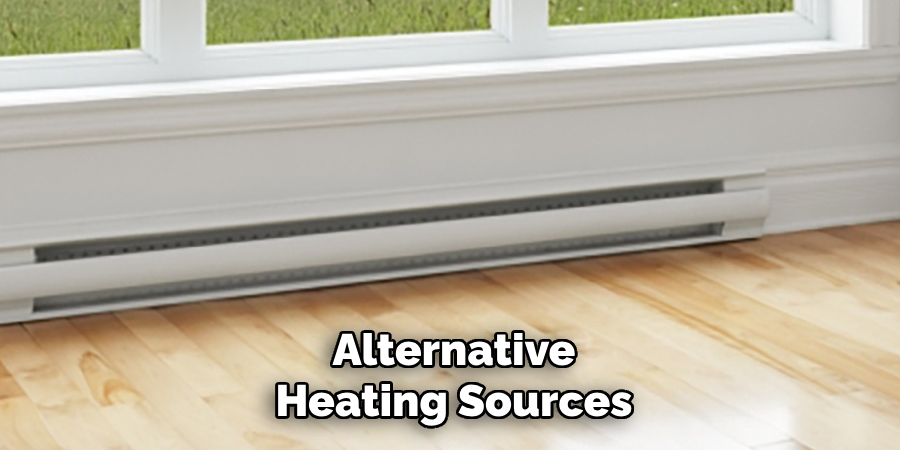
Step 8: Consider Alternative Heating Sources
Alternative heating sources can be a great way to reduce dependence on traditional systems and lower energy costs. One popular option is solar heating, which uses energy from the sun to warm your home, either through active systems like solar panels or passive designs that maximize natural sunlight.
Geothermal heating is another sustainable choice, utilizing the Earth’s consistent underground temperatures to provide efficient, reliable warmth. Pellet stoves and biomass boilers, which burn renewable materials like wood pellets or agricultural waste, are also gaining traction as eco-friendly solutions. Additionally, heat pumps offer an energy-efficient way to transfer heat from the air or ground into your home.
By following these sustainable heating options, not only are you reducing your carbon footprint and impact on the environment, but you may also save money on energy costs in the long run.
5 Things You Should Avoid
- Skipping the Power Shutdown
Before beginning the bleeding process, always turn off your boiler or heating system. Failing to do so can result in scalding from hot water or steam when working on the baseboard unit.
- Ignoring Air Build-up
Neglecting to bleed your hot water baseboard regularly can lead to air getting trapped in the system. This air build-up can reduce heating efficiency and may even cause noisy pipes.
- Using Improper Tools
Attempting to bleed the system without the correct tools, such as a radiator key or an appropriate wrench, can damage the components and make the process more challenging.
- Bleeding Without Catching Excess Water
Avoid bleeding your baseboard system without placing a container or towel underneath the valve. This step prevents potential water damage to your flooring or surrounding areas.
- Forgetting to Repressurize the System
After bleeding the baseboard, check and repressurize the system as needed. Failing to do so can impact the performance of your heating system or lead to pressure imbalances.
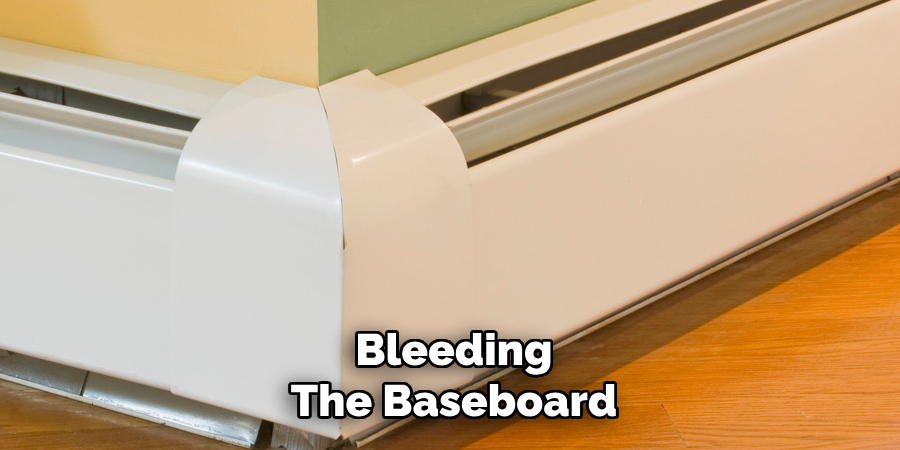
How Often Should You Bleed Your Hot Water Heater?
Now that you know how to bleed your baseboard heating system, you may wonder how often you should perform this maintenance task. The frequency of bleeding your water heater can vary depending on factors such as the age and condition of your system, the quality of your water supply, and any potential issues or changes in performance.
- Annual Inspections
It is generally recommended to have a professional inspect and service your water heater annually. This includes checking for any potential leaks, corrosion, or other signs of damage that may require bleeding or repairs.
- Signs You May Need to Bleed Your System More Often
Look for signs indicating your baseboard hot water heating system may need to be bled more frequently. These signs include:
- Uneven or inadequate heat distribution throughout your home
- Persistent air bubbles or gurgling noises in the pipes
- Reduced efficiency and longer heating times
If you notice any of these signs, having a professional assess and bleed your system as necessary is important.
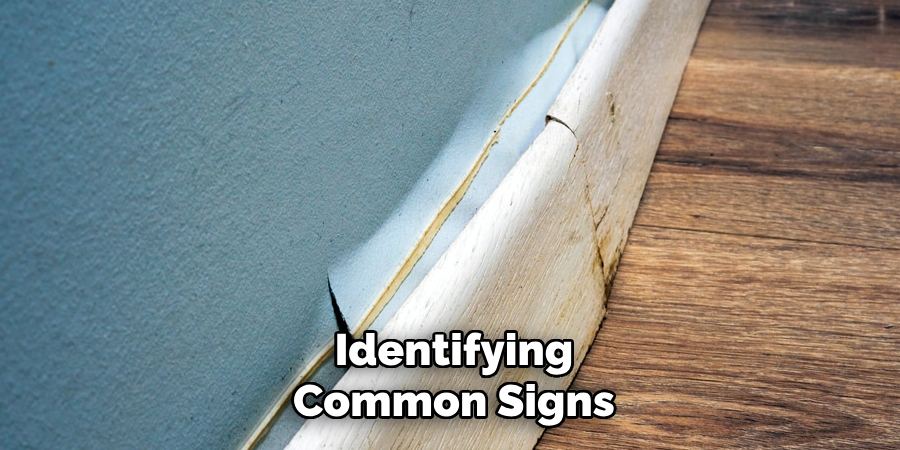
Conclusion
How to bleed hot water baseboard is an essential maintenance task to ensure it operates efficiently and heats your home evenly.
By identifying common signs of trapped air and following the proper steps carefully, you can restore optimal performance to your system. Always prioritize safety by turning off the system and allowing it to cool before starting. While many homeowners can complete this procedure themselves, do not hesitate to consult a professional if you encounter difficulties or are unsure about any aspect of the process.
Regular maintenance, including bleeding, will extend the life of your heating system and maintain a comfortable and cozy home environment.

